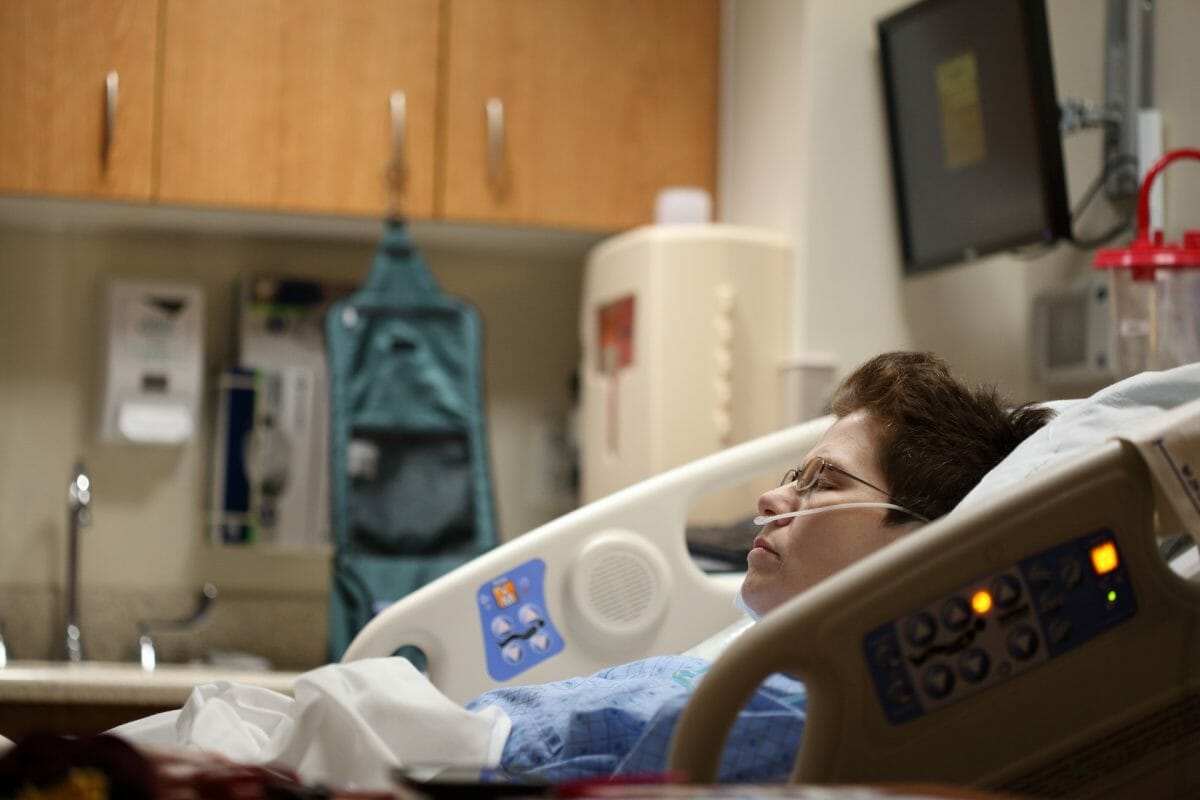Sedation is a vital procedure in patient treatment and care. When appropriately done, it enables patients to tolerate medical procedures more comfortably by reducing the perception of pain, agitation, and discomfort. However, it is essential to know how much sedation a patient should be given and for how long, as too much or too little sedation can harm the patient.
Hospital leadership should have guidelines and provide proper training and education on sedation to ensure patient safety and high-quality care. This guide provides comprehensive recommendations for implementing effective sedation education programs for healthcare professionals. Explore the importance of sedation education and learn practical strategies for teaching and ensuring patient safety.
Challenges of Sedation Education in a Hospital Setting
Sedation can be immensely beneficial in several instances. However, it is critical to acknowledge that sedation has drawbacks. Sedation can have potential complications and risks, including respiratory distress and low blood pressure. Also, the effects of sedation can last several hours or as long as two days, causing patients to have decreased alertness, sleepiness, restlessness, or symptoms such as nausea, vomiting, and reflux.
Much has changed about sedation and sedation education since 1846 when American dentist William Morton showed the world that ether causes a complete reduction of pain as he operated before a crowd of doctors and students at the Massachusetts General Hospital. Modern sedation has become a mainstay across various clinical settings. However, still, there are challenges and barriers, such as the following:
- There is no standardized curriculum and guidelines for sedation education
- No interprofessional communication and collaboration between sedation providers
- No clear competency assessment and evaluation tools for sedation providers
- Poorly dedicated time and resources for sedation education and training
- No awareness and adherence to best practices and evidence-based recommendations for sedation
A major challenge also lies in the fact that sedation courses are not readily available. Hospital leadership can fill this gap by providing systemic education programs for practitioners and sedation teams.
To meet institution and academic recommendations for practicing moderate sedation safely, medical professionals should enroll in safe sedation training. It adheres to best practices and academic society guidelines.
Sedation education should focus on overcoming these barriers and train healthcare providers with more patient-specific objectives to reach an optimum level of sedation. Often, the main target of modern-day sedation is to make patients comfortable, calm, cooperative, and communicative. More awareness about the drawbacks of sedation led to studies and the development of sedation scales.
Sedation scales provide medical teams with adequate tools to assess patients’ depths of sedation. For example, the RASS score system is user-friendly and commonly used in hospital settings. It ranges from +4, a violent, dangerous patient, to −5, indicating an unarousable patient. This scale’s sedation score of 0 is often therapeutically targeted, as it correlates with an alert and calm patient. There are other scales, such as Ramsay, SAS, MAAS, and ATICE.
Components of a Systematic Education Program for Sedations
In modern clinical practice, systematic education programs for sedation should consist of protocols that ensure calm, comfortable, and cooperative patients while allowing the best healthcare. These components should ultimately include:
- Interprofessional communication and collaboration by multidisciplinary teams
- Sedation protocols based on competency with a continuous quality improvement process
- Standard operative checklist procedures, such as the World Health Organization (WHO) template, should be followed.
- Diverse teaching methods that cover theoretical and practical aspects of sedation through a comprehensive curriculum
The right systematic education programs for sedation will prevent chances of having poorly managed patients, increased mortality, higher hospital costs, more extended hospital stays, and bad long-term outcomes. The success of such a sedation program will depend on all members of the multidisciplinary teams and the hospital leadership.
Benefits of a Systematic Education Program for Sedation
Systematic education programs can benefit anyone performing moderate sedation within an office or hospital. Such hands-on learning and approach could result in:
- Reduced liabilities and expenses associated with sedation errors
- Less adverse events and complications related to sedation
- Better interprofessional communication and collaboration between medical teams
- Improved consistency and a better hospital standard
As a result of this education, the personnel involved in sedation should be trained to perform the following adequately:
- Appropriate patient selection
- Perform patient monitoring
- Being able to follow advanced airway management skills
- Using the right drug at the right dose for the right patient
- Understand and manage medications administered
- Management of potential complications
In hospital settings, sedation training can be beneficial and bolster high-quality care. The key aim would depend on improving the expertise of medical professionals to administer stable and productive sedation. Such consistent and dependable sedation would require teamwork and communique between medical teams.
Conclusion
Even experienced medical professionals can benefit from the right systematic education programs. Thus, hospital leadership can create a program that combines all related disciplines and makes sedation strategic in hospital practice.
To ensure successful sedation practices in a medical institution, leaders can create a properly rounded curriculum that dives into theoretical and practical aspects. Such a program could lessen liabilities and expenses associated with sedation errors and reduce sedation-related complications and missteps while improving communication and collaboration between medical teams.
The new curriculum can depend upon competency-based evaluations and existing protocols or scoring systems. Hospital leaders should always strive to improve training programs as medicine progresses and as further advancements are made. The leadership can also broaden and maintain a systematic training application for sedation to be tailored to the wishes of their patients and healthcare professionals.
